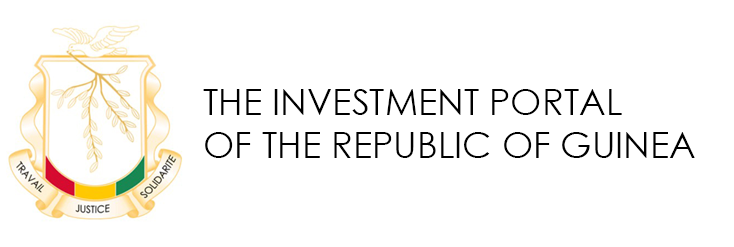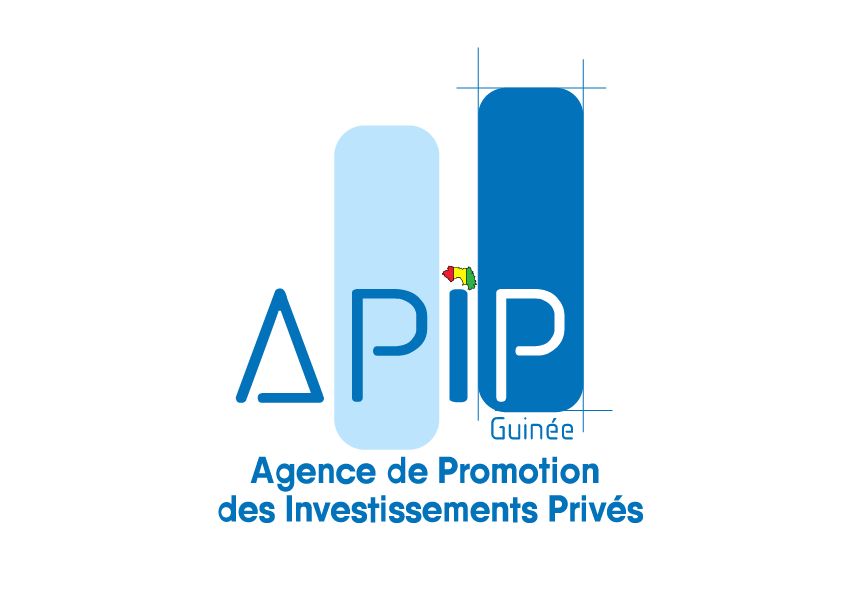The drafting of the Five-Year Development Plan document was done through a participatory approach that involved all development stakeholders in the public and private sectors, population representatives and the civil society at the national and local levels. This widened dialogue allowed to identify the challenges and problems in order to generate actionable insights to thoroughly analyze the documents and information available.
Based on the magnitude of challenges and problems in the various economic and social domains, and more particularly those relative to the Millennium Development Goals (MDGs), the government opted for the following five strategic axes which represent the foundation of the Five Year Plan: (i) improvement of governance; (ii) fight against poverty; (iii) basic infrastructure development; (iv) economic expansion and promotion of growth-generating sectors; (v) restructuring the armed and security forces.
A global scheme of the Plan outlining the choices retained for the five-year term and which directed the definition of the priorities and sectorial objectives as well as for elaborating the regional development plans has been adopted.
The forecasts and policies retained in the global scheme are summarized in the following points: real GDP growth rate projected at 6.1% on average per annum over the five years, was projected according to a gradual approach taking into account the effort which requires the progressive mobilization of investments and absorptive capacity. The planned growth is estimated to evolve at 1.9% in 2010, 4% in 2011 and 8.1% in 2015.
Taking into account a number of factors, mainly natural phenomena, human capital, the need to diversify the economy, and social objectives, contribution to growth rate per industry is estimated to be: Agriculture (5.8 % on average), livestock farming (5%), Fisheries (5.1%), Mining (5.9 %), Manufacturing sector (6.3%), Water and Electricity (7.8 %), Public Works (9.4 %), Trade (6.1 %) and Transport (6%). Other industries like tourism and crafts will as well contribute to the GDP and wealth creation.
Taking into account population growth which would probably remain high (3.1 %), industrial production growth should lead to increment in GDP per capita at 2.8% on average with prices remaining stable. Towards the last year of the Plan, the growth rate of GDP per capita could rise to 4.7%, and even continue at higher rates the years after.
The structure of GDP should be much more consolidated. Contribution of growth sectors will be improved and should therefore attract more investments. It is thus estimated that the primary sector will contribute to this growth rate at 21.6 % (14.2 % from agriculture), the secondary sector at 33.6% (14.3 % from mining) and the tertiary sector at 36.9%.
Mobilizing a high level of investments is a key element in the development plan. Economic growth forecasts a total investment volume of GNF 57.434 trillion throughout the Plan period, which is approximately USD 7.669 billion.
It represents a yearly average of GNF 11.487 trillion, of which GNF 5.324 trillion of public investments (46%) financed by own resources and official development assistance, and the rest, i.e. GNF 6.163 trillion, by the private sector (54%).
The mobilization of such investment volume will significantly improve the investment rate which is expected to rise from 17.1% of GDP in 2010 to 22.3% in 2011 and 29.1% in the last year of the Plan.
According to estimations from the macroeconomic framework and in view of the current economic activities in the mining and other sectors and which are expected to expand, revenues could reach 18.3% of GDP in 2011 against 15.3 % in 2010, and shall progressively evolve close to 20.5% in the last year of the Plan.
The Plan envisages a balanced sectorial and regional public resources allocation, the promotion and provision of incentives for the private sector to boost public and private investments in priority sectors mainly rural development, electricity, drinking water and road infrastructure, promising sectors like mining and activities liable of contributing to meeting some main millennium development goals by 2015.
The Development Plan puts special emphasis on consolidating the role of the private sector in the economic growth. It underscores the relevance of increasing public spending in the wake of the Priority Actions Program which contains the immediate actions to undertake in the first year to develop basic infrastructure, improve governance and accelerate social progress.
The 2012-2014 Public Investment Program (PIP) is a key component of the Plan. The volume of annual public investments is integrated in the state budget. For 2012, such investments are estimated at GNF 4.9 trillion, of which GNF 2.634 trillion to be financed by the National Development Budget (NDB) and 2.268 trillion to cover the contributions of technical and financial partners / PTF (FINEX).
The public resources allocated to the various sectors are as follows: (i) Energy, Urban Water Supply, and Hydraulics: 34.7%; (ii) Transport, Public Works, Town planning, and Habitat: 34.3%; (iii) Rural Development and Social Sectors: 18%; (iv) General Administration and Security: 10.8%. Considering the PIP as a rolling exercise, detailed investment by sector and program for 2015 will be specified in the 2013-2015 PIP.
The social and economic sectorial policies are presented and include specific goals and action plans. Food safety is a major focus of the agricultural policy. A key objective of the infrastructure sector is the improvement in electricity supply to meet the needs of households and businesses and the expansion of road networks. The promotion of employment and income generating activities are major priorities in the policy relating to SMEs / SMIs.
The Plan contains a financing strategy aimed at exploring the possibilities to mobilize resources from domestic and foreign sources as well as from the public and private sectors. An operational framework for the implementation of the Plan is also envisaged. It includes an effective monitoring / evaluation system in line with a results-based management principle.
In this context, a coordination mechanism for the development process will be set up to oversee the organization and strengthening of the partnership between the Government and its technical and financial partners on the one hand, and the Government and the private sector and civil society on the other hand.
The country will have to rely primarily on its own resources by mobilizing minimum consistent national savings by ensuring that there is increment in tax revenues, and by organizing and facilitating bank financing for the private sector.
External financing is nevertheless paramount. The mobilization of foreign direct investment in the mining and non-mining sectors will be crucial to complete the Plan financing scheme.
Contributions from official development assistance and NGOs are also indispensable to support the Government in implementing and achieving the Development Plan objectives. The Government and its partners should strengthen cooperation to establish a real partnership based on the five principles of the Paris Declaration and the Accra Action Plan on Aid Effectiveness. It commits authorities to improve governance and restore confidence, and the traditional and emergent PTF to improve contributions, align their resources and operations to priorities contained in the Plan, avoid aid conditionality and harmonize practices and procedures.


